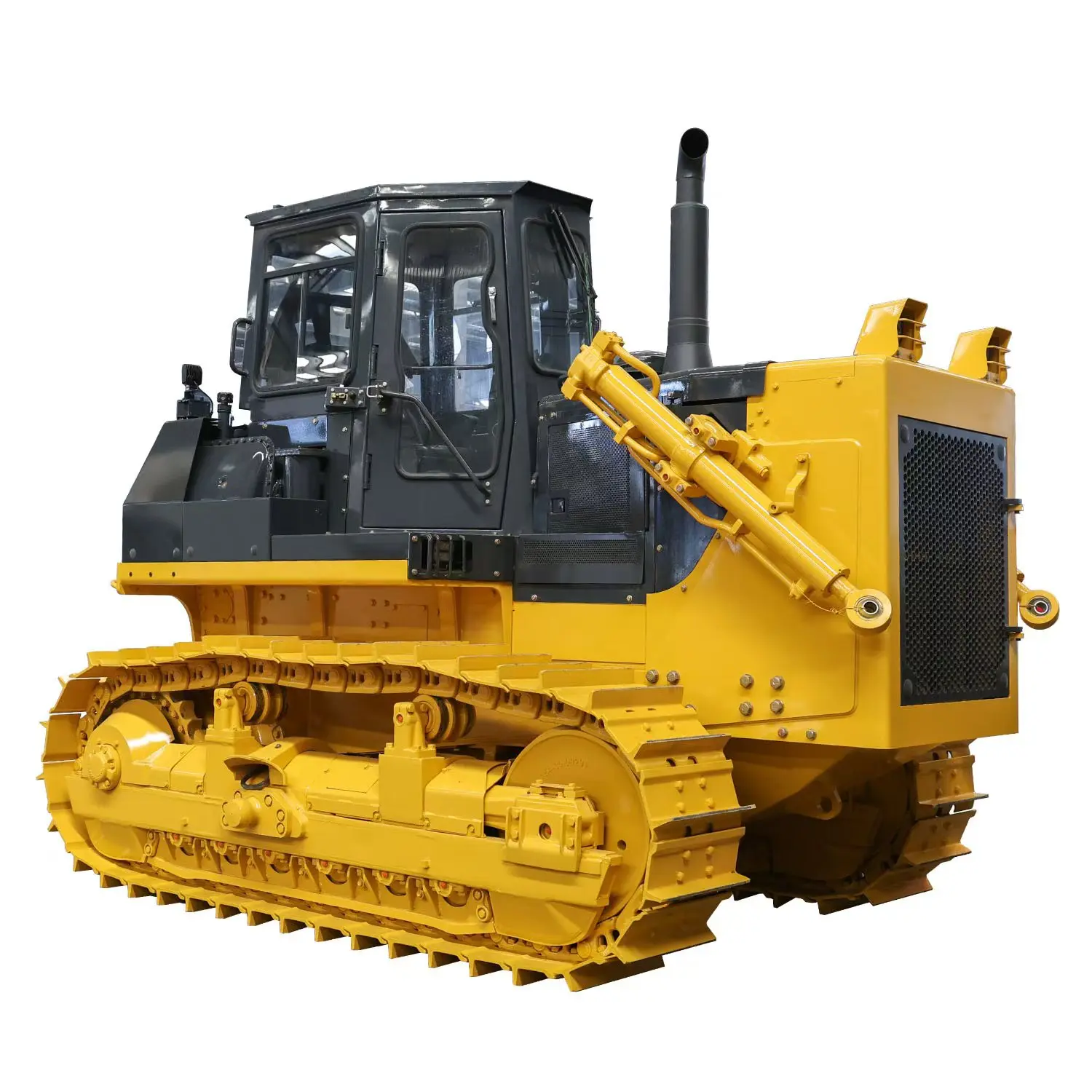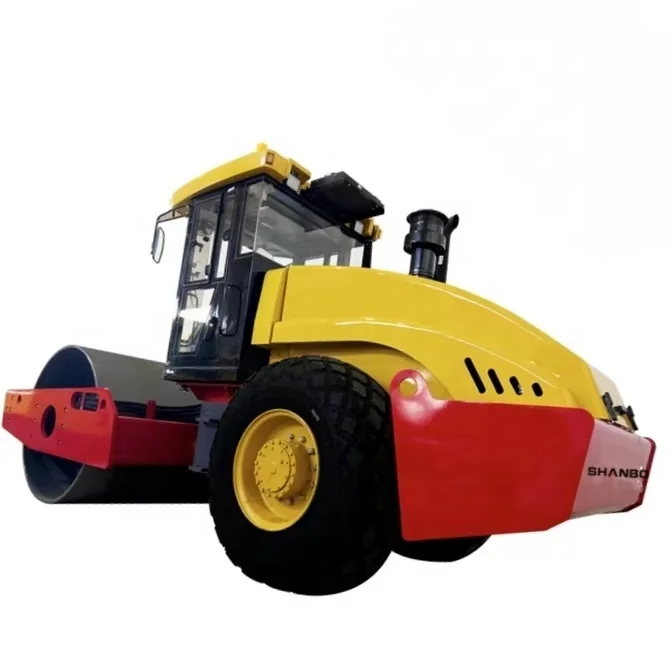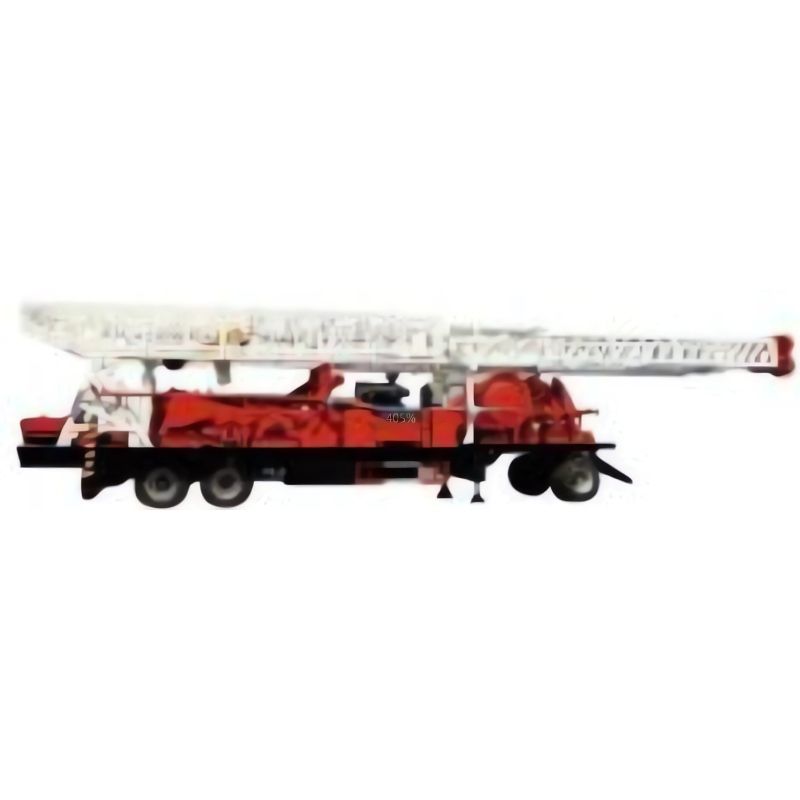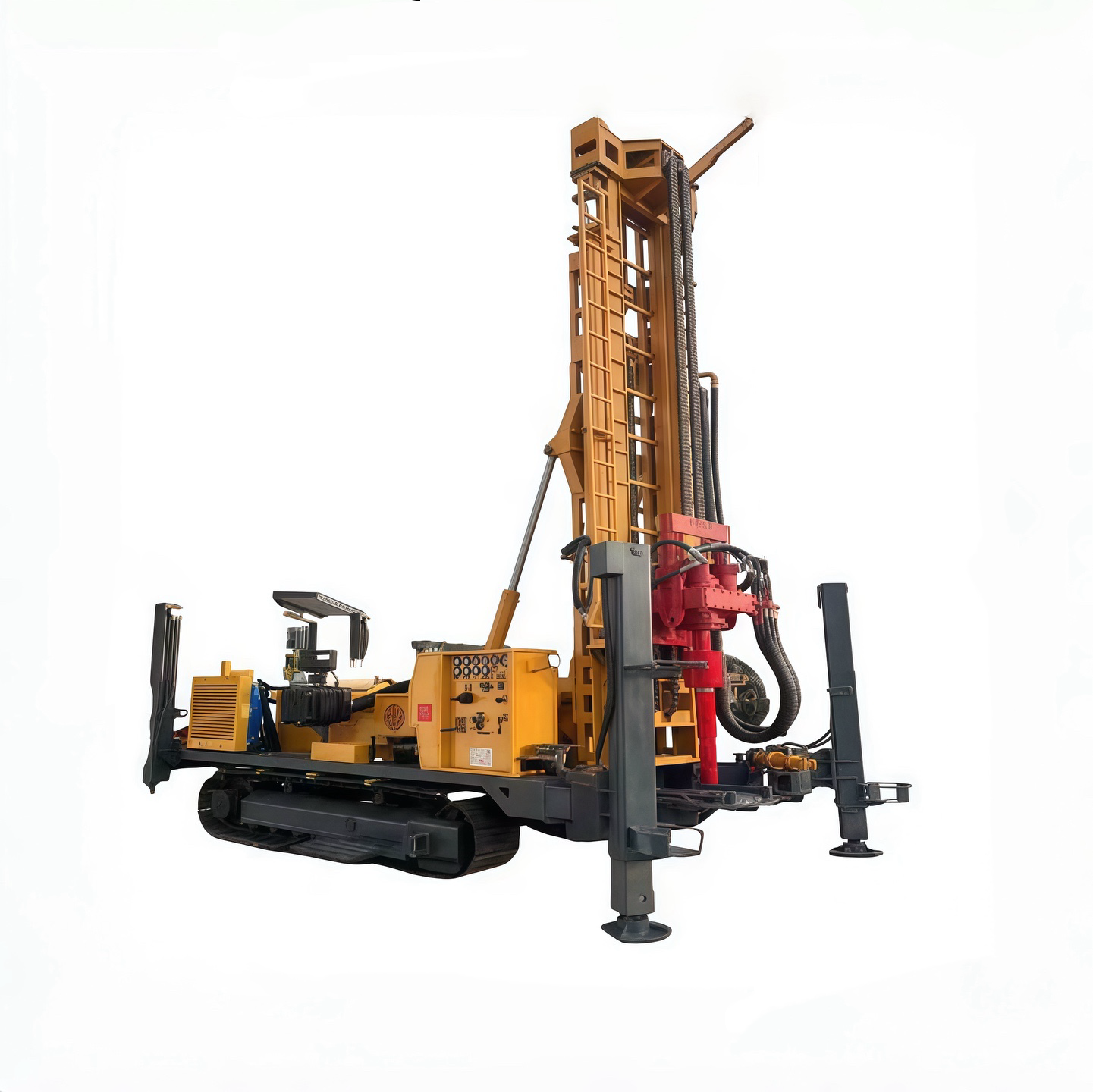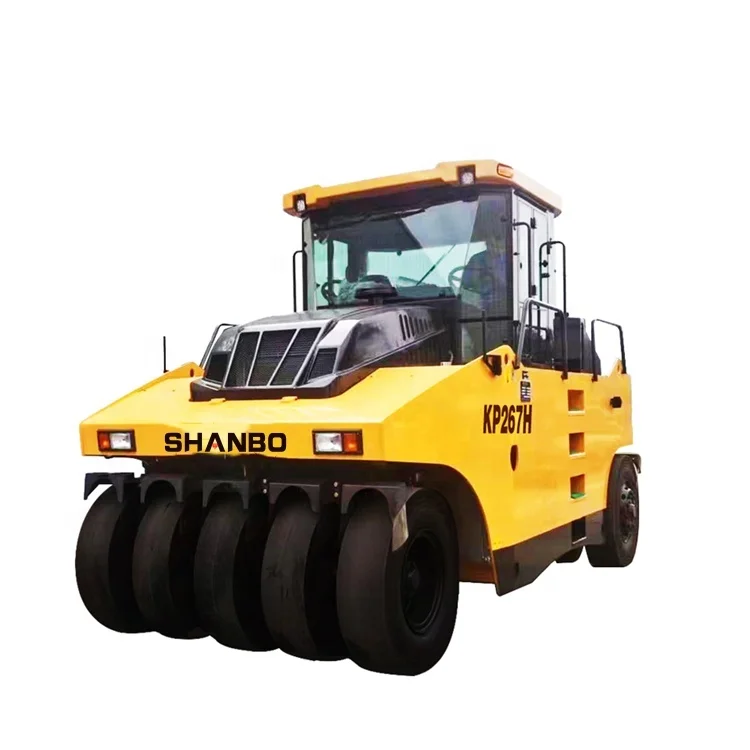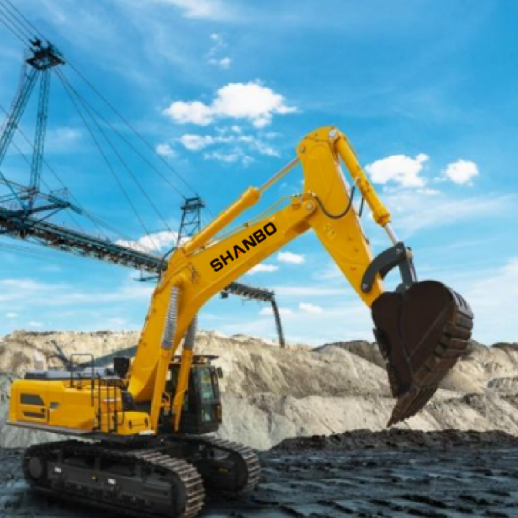The Bulldozer Revolution: How Technology Is Transforming Earthmoving Equipment
In the fields of construction and mining, few machines are as highly respected as bulldozers. For decades, this sturdy and durable working machine has been the backbone of earthwork operations - pushing earth, clearing land, and shaping the foundation on which cities are built.
However, in recent years, bulldozers have undergone a quiet yet profound transformation. Driven by digital technology, automation and sustainable development, today's bulldozers are not only more powerful and efficient, but also smarter, safer, and more connected than ever before.
From Raw Power to Intelligent Precision
Traditionally, bulldozers have been renowned for their powerful performance. Operators mainly rely on experience and intuition to control these huge machines, and often do so under harsh and unpredictable conditions. Although this method is effective, it is also prone to causing low efficiency, human errors, and uneven work results.
However, modern bulldozers are redefining the industry landscape through precise technology. Nowadays, GPS navigation control systems enable operators to achieve millimeter-level accuracy when leveling or flattening terrain. Advanced sensors continuously monitor the position, inclination and load pressure of the scraper, and automatically adjust to maintain a perfect slope. The work that used to require countless round trips and visual judgment can now be completed in an extremely short time, and the precision is nearly perfect.
This digital precision not only enhances production efficiency but also reduces material waste, fuel consumption and the wear and tear of the machines themselves. Ultimately, projects of all sizes can achieve smoother workflows and higher-quality outcomes.
 Automation and Operator Assistance
Automation and Operator Assistance
The integration of automation technology is one of the most transformative developments in the bulldozer industry. Semi-automatic bulldozers can now perform routine tasks such as leveling or trench backfilling without continuous human intervention. These systems utilize real-time data and pre-loaded digital site planning to automatically execute operation modes, enabling operators to focus on overall site management rather than making minor adjustments to the shovels.
In some cases, fully automatic bulldozers have been tested in controlled environments and can operate continuously with minimal human intervention. Although this innovation is still in its early stages, it indicates that earthwork operations can be carried out around the clock in the future.
Operator assistance technology is also constantly enhancing safety and ease of use. Cameras, radar sensors, and obstacle detection systems can provide a 360-degree panoramic view of the work site, which helps prevent collisions and reduce operator fatigue. The advanced cab design, equipped with ergonomic control devices, climate control systems and noise reduction functions, creates a safer and more comfortable working environment, which is crucial for an industry where long shifts and harsh working conditions are common.
Data-Driven Performance
Data is another key pillar of the bulldozer revolution. Modern bulldozer equipment is equipped with telematics systems that can collect and transmit real-time information about engine performance, hydraulic pressure, fuel efficiency and maintenance requirements. Managers can remotely monitor these data through the cloud platform, thereby gaining a deep understanding of machine utilization, downtime and operator performance.
Artificial intelligence (AI) -driven predictive maintenance has taken another step forward. By analyzing the patterns in sensor data, the system can predict potential faults and schedule maintenance at the best time, thereby minimizing unexpected failures. This proactive approach extends the service life of the equipment, enhances reliability, and reduces the total cost of ownership.
Data analysis can also enhance on-site operation efficiency. Managers can compare the planned progress with the actual progress, optimize machine deployment, and make data-driven decisions to ensure that the project proceeds as planned and is completed within budget.
Sustainability and the Green Transition
As industries around the world are under increasing pressure to reduce their environmental impact, the construction industry is shifting towards more environmentally friendly technologies, and bulldozers are part of this transformation. Bulldozer manufacturers are making significant investments in the research and development of fuel-efficient engines, hybrid systems, and alternative energy sources such as electricity and hydrogen.
Although electric bulldozers are still in their early stages of development, they show great potential in cities where noise and emissions are major issues and in environmentally sensitive construction sites. Hybrid models combine traditional engines with electric drive or energy recovery systems, significantly reducing fuel consumption and carbon emissions while maintaining power and performance.
In addition, the intelligent control system can optimize power distribution and engine load according to real-time demands, ensuring that energy is not wasted. Even the materials used in modern bulldozers, such as lightweight alloys and recyclable components, reflect the growing emphasis on sustainability throughout the entire life cycle of the equipment.
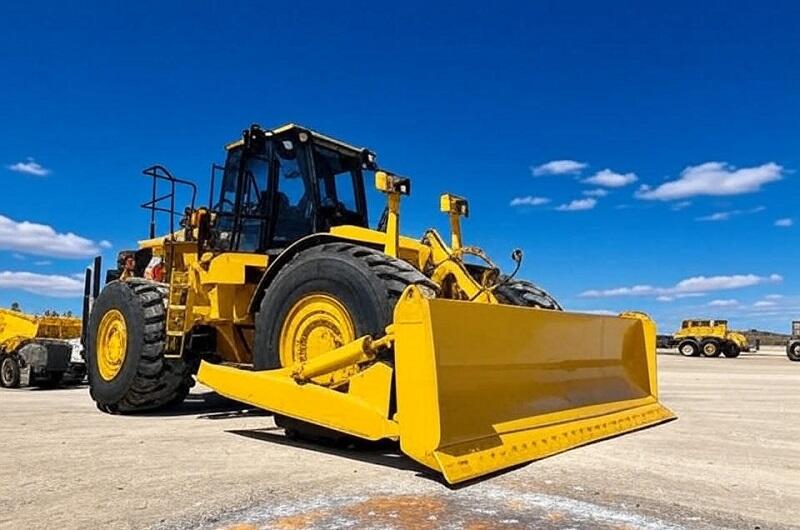
The Human Factor: Training for the Future
Technology itself does not define progress; people are the key. With the continuous advancement of bulldozer technology, the role of operators has shifted from manual control to strategic supervision. Today's operators no longer rely solely on physical labor; they must also master digital systems, software interfaces, and data analysis tools.
To bridge this gap, many training programs now incorporate virtual simulators and augmented reality (AR) environments. These tools enable operators to practice in a realistic 3D simulation environment, thereby mastering complex control and safety procedures without risk. Ultimately, a new generation of highly skilled professionals is cultivated, who can utilize technology to achieve unparalleled precision and efficiency on construction sites.
Looking Ahead: The Future of Earthmoving
The transformation of bulldozers is part of a broader technological wave reshaping the construction and mining industries. Artificial intelligence, robotics, 5G connectivity and the Internet of Things (IoT) are fusing to create fully integrated "smart construction sites" where every machine, operator, and system can operate in harmony.
In the near future, we can expect bulldozers to communicate seamlessly with drones, excavators, and construction site management software, and dynamically adjust operation tasks based on real-time data. Machine learning algorithms will continuously optimize performance and adapt in real time to terrain, weather and load conditions.
Ultimately, the revolution of bulldozers is not merely about the machines themselves; it represents a shift in the way humans transform the Earth. The bulldozer, once a symbol of primitive mechanical power, has now become a symbol of intelligent engineering, sustainable development and progress. The land may remain the same, but the way we transform it has completely changed.
Recommended Products
 Hot News
Hot News
-
“Water Savior” 200 m Reverse Circulation Water Well Drills Arrive in Uzbekistan
2025-03-28
-
What Is a Bulldozer? Everything You Need to Know
2025-02-18
-
The Bulldozer Revolution: How Technology Is Transforming Earthmoving Equipment
2025-11-05
-
Bulldozer Brands Comparison: Which Offers the Best Value for Money?
2025-10-15
-
Bulldozer Market Trends and Future Outlook in the Construction Industry
2025-10-14
-
Essential Bulldozer Maintenance Tips to Extend Machine Lifespan
2025-10-13
